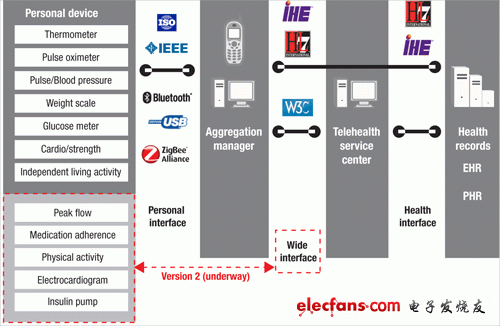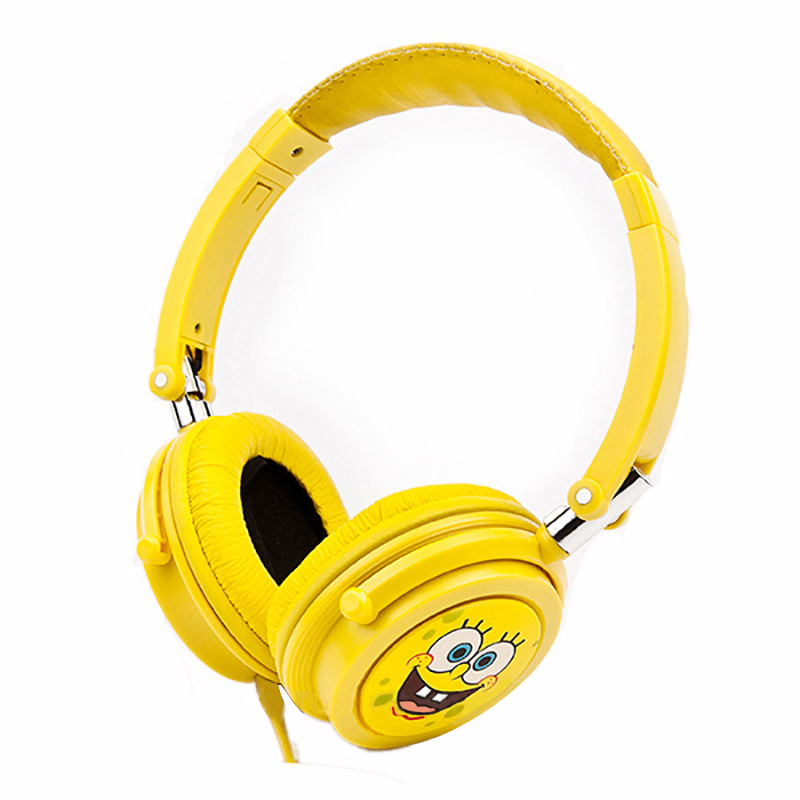Collection manager of connected medical system
This article will introduce three different system solutions for AM, including high-performance digital visual interface (DVI) AM (including hardware-accelerated high-definition [HD] audio / video [AV] codec and 3D accelerated user interface [ UI]), cost-reducing DVI AM (including software-based standard definition [SD] AV codec) and low-power AM (supporting software audio codec).
ConTInua interoperability
ConTInua Health Alliance is a group of medical equipment original equipment manufacturers (OEMs), service providers, and silicon chip manufacturers. Each manufacturer coordinates to work together to develop interoperability guidelines for personal medical devices and collection managers (AM). Although version 1.0 of the guide identifies Bluetooth (Bluetooth®) and Universal Serial Bus (USB) as standard interfaces, future guides will also include Bluetooth Low Energy (BLE) technology and ZigBee as low-power personal area networks, respectively (PAN) and local area network (LAN) interfaces. OEMs currently use a combination of Ethernet, Wi-Fi, and cellular interfaces (such as GSM for AM WAN). To become a ConTInua certified AM, the device must integrate at least one PAN or low-power LAN interface and one WAN or Internet protocol interface. Because many vendors want to interoperate with as many devices as possible, they often integrate multiple low-power LAN / PAN and WAN interfaces.
ConTInua AM can use different form factors. In some cases, it may be a PC or a mobile phone, and sometimes it may be a media device connected to an existing display or integrated display. In terms of low-power devices, AM may also be a low-power wearable device. Since many manufacturers will choose to implement media-centric devices and low-power wearable devices, this white paper will introduce pre-integrated design solutions for media-centric AM and low-power AM.

Figure 1: AM in the medical industry environment
Media Processor for DVI Collection Manager
The DVI AM media processor from Texas Instruments (TI) is an ARM® Cortex ™ -A8 architecture processor that provides audio, camera, and video media interfaces. Equipment manufacturers with high-definition video streaming requirements can use the TI OMAP3530 media processor with integrated high-definition video accelerator.
Equipment manufacturers that do not require high-definition (720p) video streaming can use the lower-cost AM3517, which can support high-definition (720p / 1080i) UI through the DVI interface, but does not provide high-definition video accelerators. Both media processors are provided with the latest Linux distribution (support Ubuntu / Android UI), and achieve code compatibility. If equipment manufacturers need to support full HD 1080p video performance, they can use the OMAP4430 processor, which is an ARM Cortex-A9 dual-core processor.
HD video streaming
The OMAP3530 high-performance, low-power mobile application processor is highly integrated with the ARM Cortex-A8 processor, TI C64x + â„¢ DSP hardware accelerated video processor, and related peripherals.
The OMAP35x evaluation board contains not only open source Linux and drivers, but also Code Sourcery tools and Digital Video Software Development Kit (DVSDK). The DVSDK contains an easy-to-use production-ready audio and video codec, which can fully meet the needs of hardware-accelerated video processors based on TI DaVinci technology. These codecs are pre-integrated with Linux and network peripherals to support real-time 720p video streaming. TI provides free SD codecs, while TI third-party networks provide high-definition codecs.
The OMAP4430 processor perfectly integrates the ARM Cortex-A9 dual core with a hardware-accelerated video processor, and can support full HD 1080p video streaming (or 720p two-way video teleconferencing) and other rich multimedia features.
Low-power collection manager processor
TI's microprocessor based on Stellaris® ARM Cortex-M3 enables a lower power / cost design. In addition to supporting multiple interfaces such as Ethernet MAC / PHY and mobile USB at the same time, the LM3S9B96 development kit also adds several features that can improve the overall user experience. It can support an integrated 3.5-inch color QVGA LCD and resistive touch interface. Charge wheel potentiometer (for menu navigation), user LEDs and buttons, MicroSD card slot, 1 MB serial flash memory, etc. The LM3S9B96 development kit comes with expansion boards that work in conjunction with TI CC2530 ZigBee SoC, CC2540 Bluetooth low energy SoC, and CC2570 ANT network processor (NWP). The software tool kit options provided by the kit include:
Evaluation version of ARM's RealView microprocessor development kit;
IAR Embedded Workbench for ARM;
Code Red Technologies' Red Suite;
CodeSourcery Sourcery G ++ GNU tool.
In addition to the LM3S9B96 microprocessor containing ROM-based SafeRTOS, the RTOS porting demo also includes:
FreeRTOS.org;
Micrium μC / OS-II with μC / Probe embedded system monitoring;
Express Logic ThreadX;
CMX Systems CMX-RTX;
Keil RTX;
IAR PowerPac;
SEGGER embOS;
Quadros RTXC;
MicroDigital's SMX;
RoweBot's Unison ultra-small embedded Linux and POSIX compatible RTOS;
SCIOPTA is a real-time operating system for critical security applications.
Children or Kids headphones are specially designed for children over 3 years old. The biggest difference from ordinary headphones is hearing protection. The maximum decibel value is limited to 85dB.
Advantages:
1. Protect children's hearing, 85dB maximum volume.
2. Strange style, including a variety of cartoon design.
3. The color is bright and cool, and it is very popular among children.
4. Comfortable to wear.

Wireless Earphones,Kids Earphones,Childrens Headphones,Kids Wireless Headphones
Shenzhen Linx Technology Co., Ltd. , https://www.linxheadphone.com